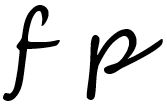You must think that this is a very detailed and comprehensive shopping guide, and the answer is no. Because my answer is particularly concise, lasted and cheap. Just two words. I think it’s very worthwhile if you find a shoe tree meeting both.
How did I suddenly think of this topic?
It was when I was browsing Badia Taobao Store that I saw this product.
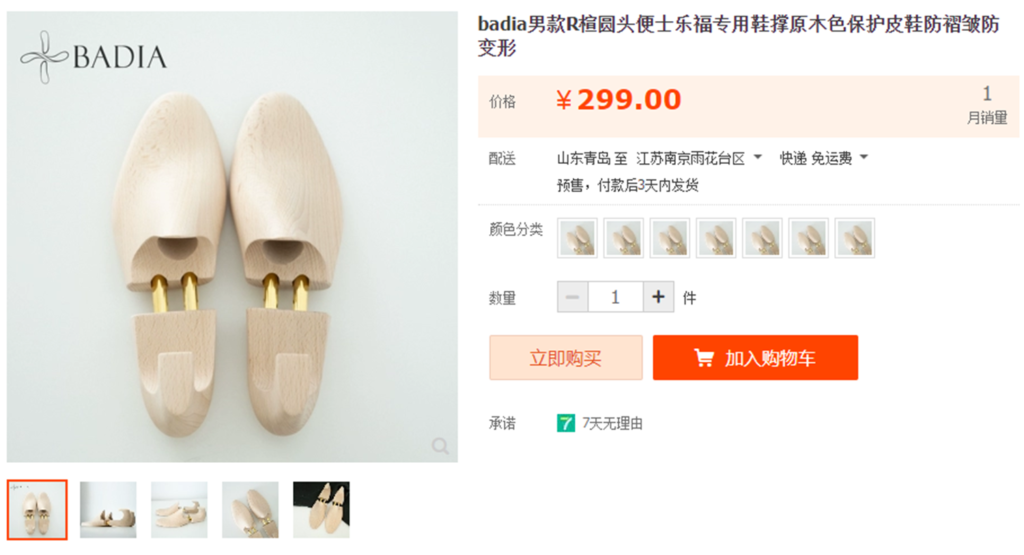
R last is for its best seller, the round toe loafer.
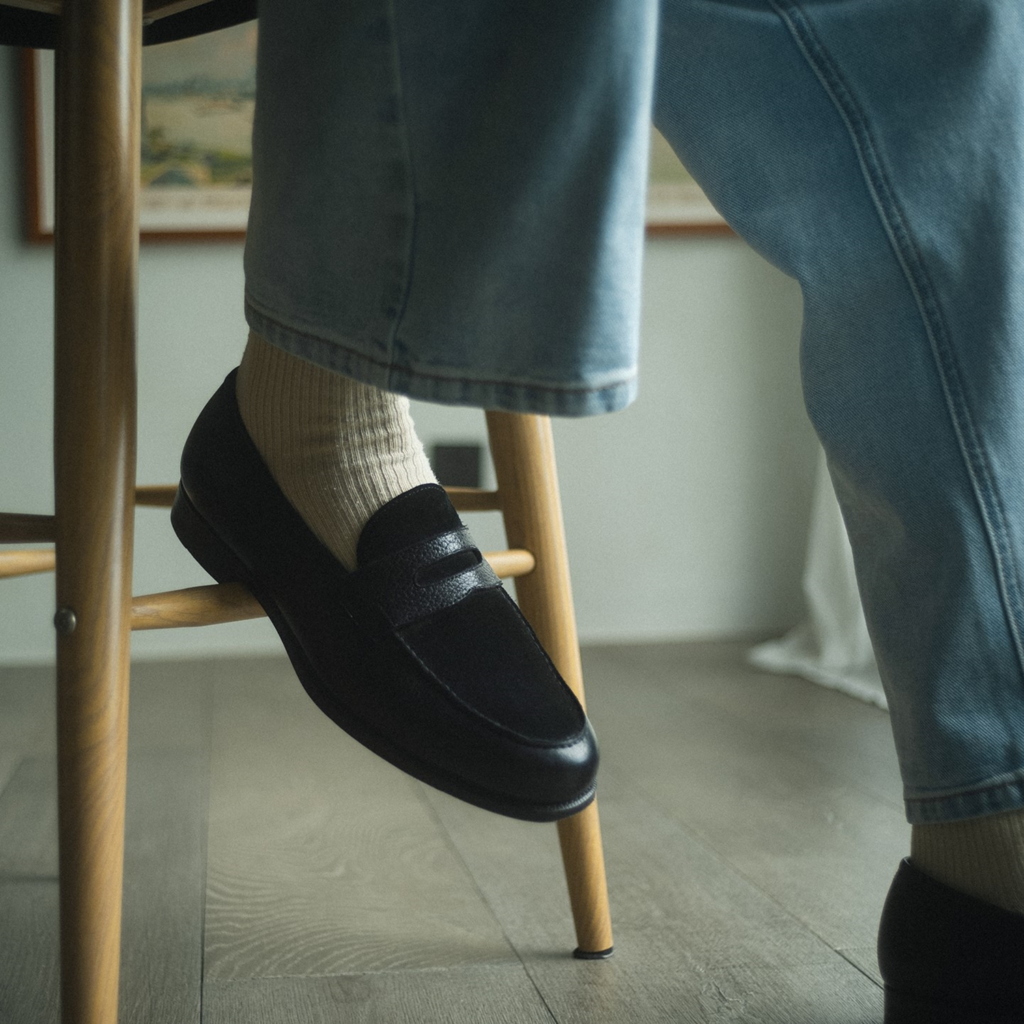
This shoe shoe offers wonderful value.
Why? Mainly because it is for loafer.
Lasted shoe tree is definitely more expensive than generic ones. Generic shoe tree has several problems.
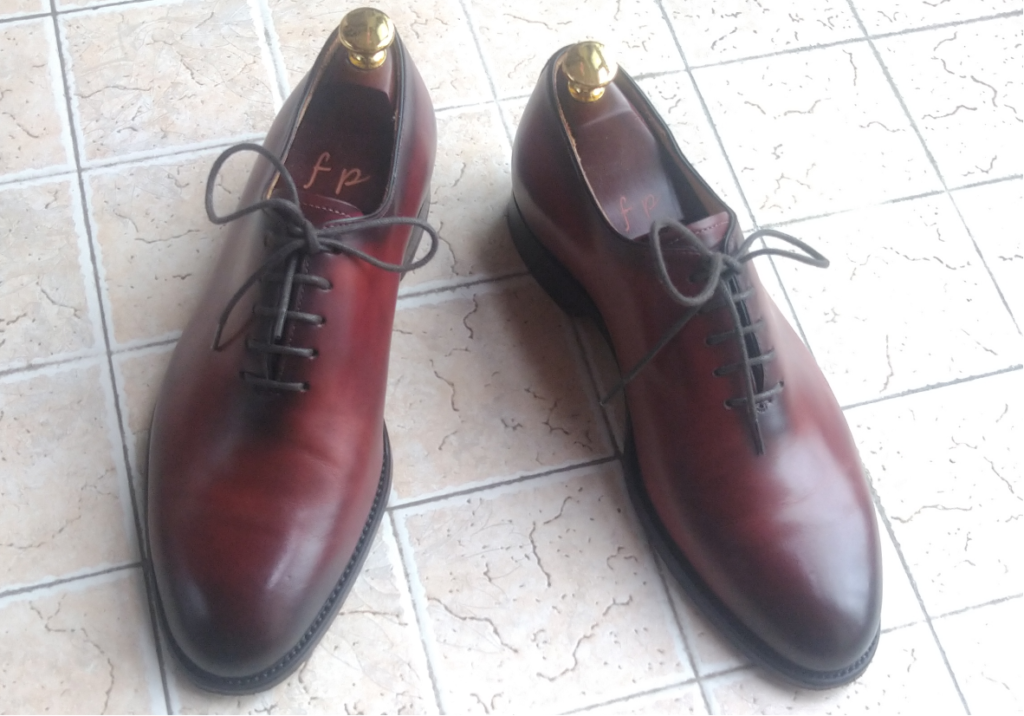
- Shoes may stretch. Both the toe and heel of dres shoes have stiffener to keep the shape. It is possible to expand the shoes by using spring-type shoe tree for a long time. For lace-up shoes, it doesn’t matter that much if they become bigger. You can tie the shoelaces tighter to keep them fit, but for Loafer, once the heels are loose, they may fall off and don’t fit.
- The upper is deformed. For lace-up shoes, there are two places, one is on the little toe side, and if the shoe tree is wider than the last, it will push that place out. The other is the inside of the arch, forming a crease. For Loafer, one bigger problem with generic shoe tree is the height of the instep. Because shoe trees on the market are basically made with lace-up shoes as templates, the instep will be relatively high. If you use them on loafers, you will push the instep even higher (loose). Loafer’s fit comes from the length and the height of the instep to limit the movement of the foot inside the shoes. When the instep is loose, your foot has a greater chance of rushing forward and then falling off.
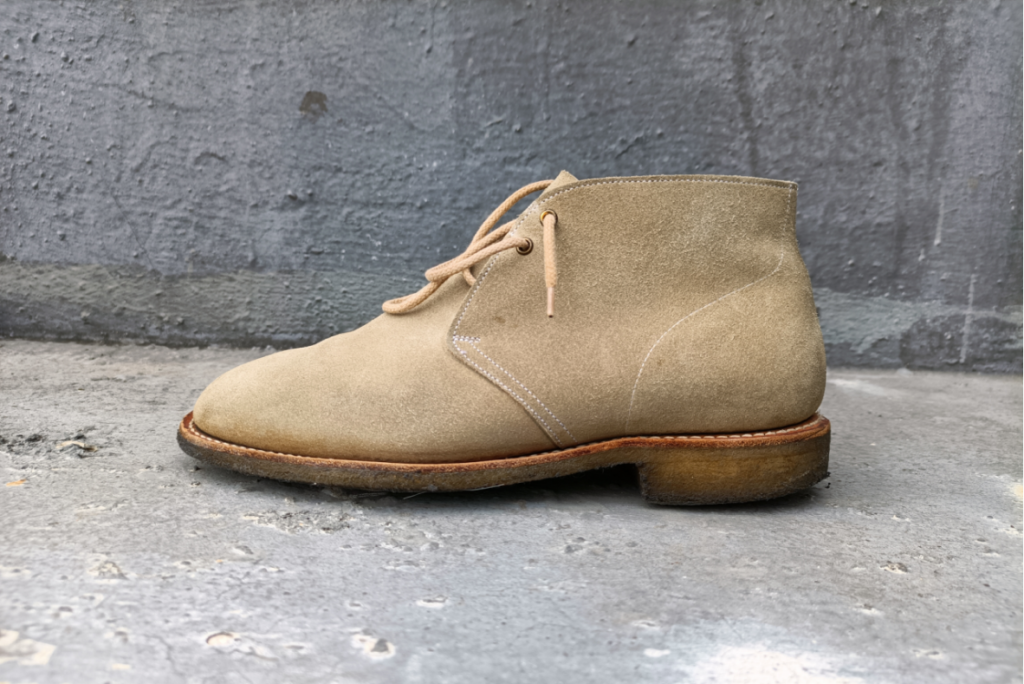
My loafers are stuffed with paper balls because I don’t have lasted shoe trees for them, unfortunately.
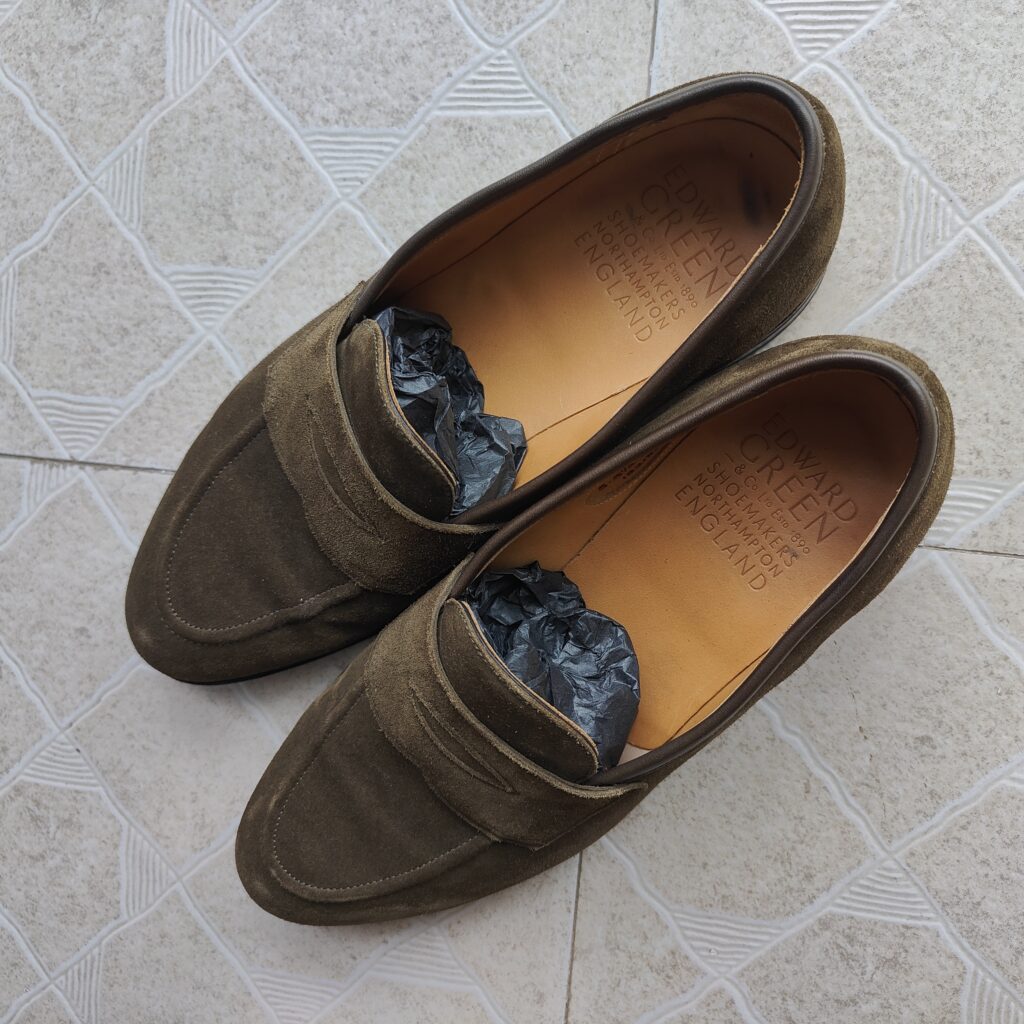
For lace-up shoes, lasted shoe tree is a better choice while not a necessity, but for Loafers, it is a must.
The second point is cheap. As long as it is lasted, the cheaper the better.
Many people will tell pinewood is not as good as beechwood. I certainly agree with this statement. From my own experience (I don’t know much about wood), the texture and density of pine are obviously lower than that of beech, but functionally, even aesthetically, there is no problem.
I rummaged through my own lasted shoe trees, and I really know that some of them will be more exquisite. So what’s good about them?

Sereno Yosui’s three-section shoe tree, needless to say, is a complete blow.
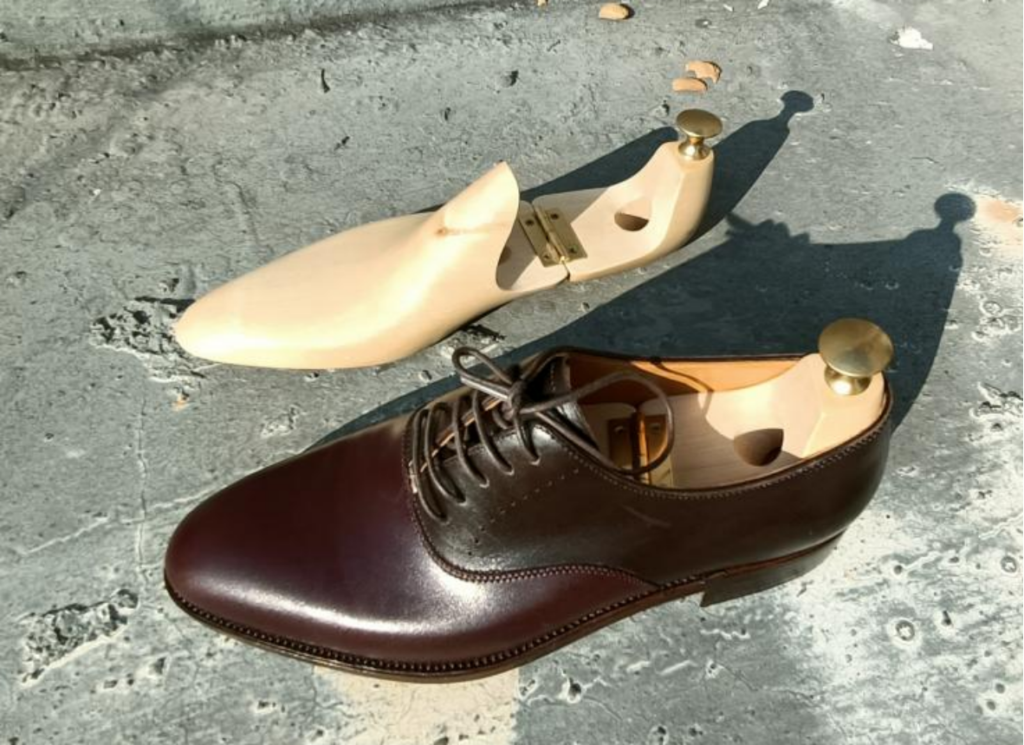
I think the greatest advantage of Hiro Yanagimachi’s hinge style is that the varnish has a very high texture.

John Lobb shoe tree, because they are all made by Springline, and the high-end shoe trees in Britain all taste like this.

Yohei Fukuta is similar to those in Britain in texture.

The same is true of J.M.Weston. I think the texture without paint is almost the same. Moisture absorption function is better.
So after reviewing all this, if your are willing to spend more money on shoe tree, in terms of product, you can pay attention to styling and varnish.
Summary
Shoe tree is a very worthwhile investment, because if shoes can last for 10 years, shoe trees can definitely last for more than 10 years. If you are a die-hard fan of the same last and have several pairs, the value of that shoe brace will be still high. If you can find lasted shoe tree, you must buy lasted ones, but you don’t have to choose beechwood, you don’t have to go for varnished.
